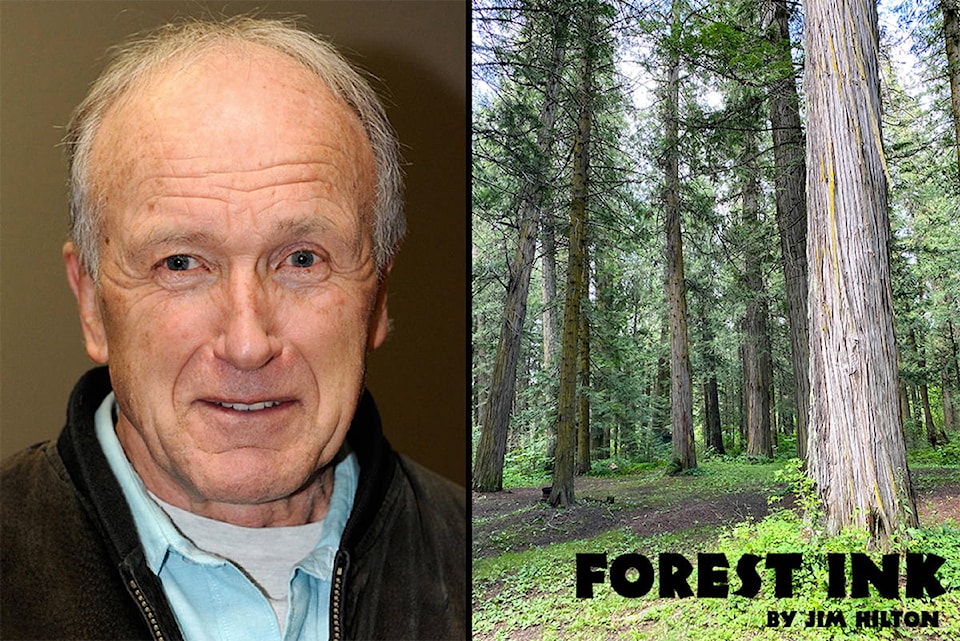When I started with the Ministry of Forests in the 1970s, some of the most important camping and fishing spots were the Forest Service Rec Sites (FSRS) which were often just a parking area at the end of a simple trail ending at the edge of a small lake.
Over time the more popular areas included toilets, trash cans, tables, fire rings along with improved parking and boating access but they still retained the modest accommodation atmosphere compared to the more developed Federal and Provincial Park sites. Many rec sites were free and many still are because of their remoteness and modest improvements.
One of the first rec sites we used was in the 1970s at Tatlayoko Lake in the west Chilcotin. I was at the same site last week with my extended family including our grandchildren and was reminded why I still enjoyed the area as much as I did 50 years ago. We were fortunate to have a relatively calm afternoon which allowed for snorkeling, boating and beach combing along a stony beach. The next day the wind picked up and allowed the kite surfers to show their stuff. Because of the brisk consistent winds, this lake is one of the most desired areas for this increasingly popular activity. The surfing takes place at the old mill site which has more access, parking and a better beach which allows the surfers to launch their boards.
The Tatlayoko rec site is still relatively modest with lots of room between camping spots, steep paths to the beach, fairly rough trails within the site but the selectively logged Douglas Fir site offers a great view of the lake and surrounding mountains which are spectacular.
READ MORE: New wheelchair accessible trails on the way in South Cariboo
As could be expected there will always be controversy as to how much development of the sites should take place and lots of comments over the years has resulted in a recent report by the Forest Practices Board. “Management of Forest Recreation in B.C. special report May 2021.”
Some of the highlights are the following: Most of the B.C. land base, almost 80 percent, is managed by the Ministry of Forests, Lands, Natural Resource Operations and Rural Development (FLNRORD). FLNRORD is responsible for all forest resources on the land base, including timber, and commercial and non-commercial recreation. FLNRORD generally manages this land with a multiple-use approach.
Forest recreation is important in B.C., both as a valued part of residents’ lifestyles and for the economic benefits derived from tourism. Forest recreation on public land outside of parks is managed under B.C.’s Forest and Range Practices Act (FRPA).
FRPA’s strength in forest recreation management is that it provides a comprehensive structure for resource management and that its use of FRPA objectives with some practice requirements can allow flexibility and creativity when managing recreation resources. FRPA’s main weakness is the lack of a strong planning layer within the framework. There has been little planning for recreation resources in the past 20 years, there has never been a blanket objective set for recreation resources, there are few up-to-date objectives for recreation sites and trails, and few recreation resources have been protected through the Government Actions Regulation. However, the Board found instances where recreation groups or government staff worked with FRPA’s strengths to overcome the weaknesses, or worked outside of the FRPA framework to create positive outcomes for forest recreation.
I for one like the balance that the Tatlayoko community has reached with the rec site still relatively modest and the old mill site having more options for group activities and improved access.
Jim Hilton is a professional agrologist and forester who has lived and worked in the Cariboo Chilcotin for the past 40 years. Now retired, Hilton still volunteers his skills with local community forests organizations.
Like us on Facebook and follow us on Twitter.
